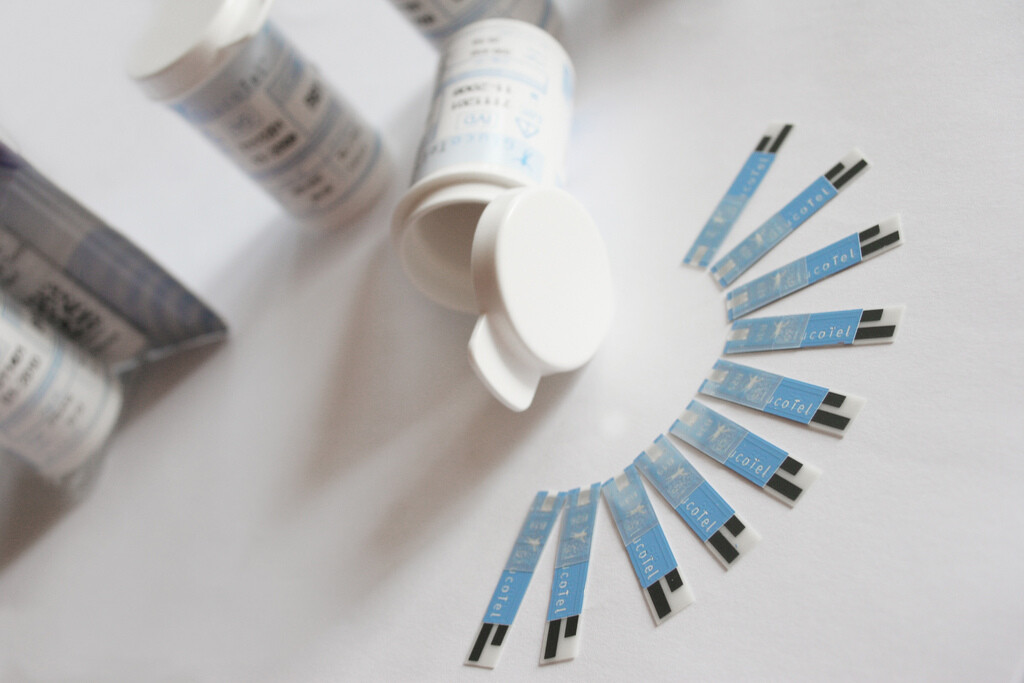Mobile Menu
- Education
- Research
-
Students
- High School Outreach
- Undergraduate & Beyond: Community of Support
- Current Students
- Faculty & Staff
- Alumni
- News & Events
- Giving
- About

Erin Howe

Diabetes can take two forms. Type 1 diabetes is an autoimmune disease that strikes when the immune system mistakenly attacks and kills insulin-producing cells, known as beta cells, in the pancreas, preventing insulin from being released into the body. Type 2 diabetes accounts for about 90 per cent of diabetes cases and occurs when the body can’t use the insulin released or doesn’t make enough insulin. In both types of diabetes, glucose builds up in the blood instead of being converted for storage or used as energy.
About three million Canadians live with diabetes. It is one of this country’s most common chronic illnesses.
“We have a lot information about how to treat diabetes. And we have tools at our disposal to greatly improve the lives of people living with diabetes. We just need to do a better job of implementing what we know,” said Gary Lewis, Director of the Banting and Best Diabetes Centre (BBDC). “That means not only educating and empowering doctors to manage diabetes, but also other health care professionals and patients.”
The BBDC recently launched a new guidebook to help pharmacists across Canada help people in manage their blood sugar, protect their heart health and maintain a healthy lifestyle.
“People consult their pharmacist more than they consult any other health care professional. Pharmacists have deep ties to their community,” said Lewis, who is also a Professor in the Departments of Medicine and Physiology as well as the Director of the Division of Endocrinology and Metabolism. “That’s why we wanted to support and empower pharmacists in the management of diabetes.”
BBDC researchers are also helping people in other parts of the world. The Guyana Diabetic Foot Project sends faculty members to train health professionals in the South American country and has helped establish new regional diabetes centres. As a result, diabetes-related major amputations are down by 50 per cent.
Diabetes can cause nerve damage in the feet, making people with the disease less likely to feel injuries in that part of their bodies. In developing countries like Guyana, many people with diabetes don’t have access to appropriate footwear, putting them at higher risk of developing diabetes complications and requiring lower-limb amputations. Teaching patients how to care for themselves along with follow-up clinic visits can limit these risks.
The project is being expanded to Ethiopia.
While the BBDC is focusing on knowledge translation and application, cutting edge discovery research remains a high priority for the Centre.
Jayne Danska is a researcher with the BBDC and a Professor in the Departments of Immunology and Medical Biophysics. Her lab focuses on understanding the molecular mechanisms of autoimmune diseases, including type 1 diabetes.
There are many genetic contributors involved in type 1 diabetes. Scientists don’t understand all of them yet, but Danska’s research solves part of the puzzle.
She recently published research that identified a “risk” gene and showed how variations to it affect development of type 1 diabetes in mice.
Danska, who is also a Senior Scientist at The Hospital for Sick Children Research Institute, also studies gut bacteria required for normal metabolism and immune function. Her research shows manipulating those normal bacteria can protect mice from diabetes, findings that could one day lead to new therapies and preventions.
“Once we understand how these bacteria work, it may be possible to change them to benefit people,” said Danska.
Research into islet and cell biology, the prevention of diabetes-related complications and diabetes and heart disease are also areas of interest for the BBDC.
“We’re trying to go beyond the individual investigator to try to tackle these very difficult scientific and clinical problems in diabetes, encouraging teams of scientists who have complementary skills to work together on scientific and clinical problems,” said Lewis.
(Photo: Diabetes Testing Strips by bodytel via Flickr)

